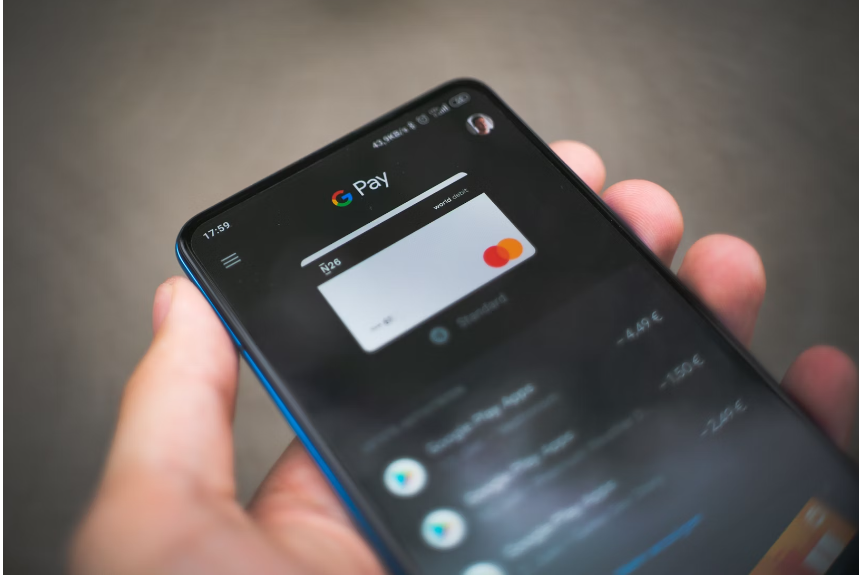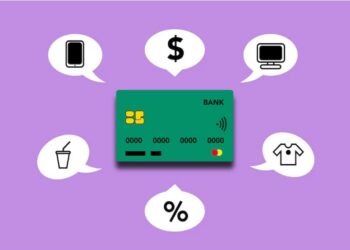In the last couple of years, there has been a significant shift in how we handle payments. With digitalization, digital payments are increasing rapidly, resulting in the widespread adoption of digital innovations. One such innovation is the use of virtual cards.
As more businesses operate online, potential risks become increasingly complex and sophisticated. Hence, there is a need to adopt virtual cards as a preferred payment method. Virtual cards allow safe and secure online payments, thereby minimizing the risk of theft and security breaches that usually come with using physical cards.
In this post, we’ll learn what virtual cards are and further explore how to secure your business transactions with virtual cards. Let’s get into it.

What are Virtual Cards?
A virtual debit or credit card is a modern cashless payment solution that doesn’t require a physical card to make payments. Usually, these virtual cards are issued digitally through an app or a website and can easily be stored on smartphones.
A typical virtual card comprises a temporary 16-digit card number, a CVV, and an expiration date—just like your physical bank card. Banks, financial institutions, or payment service providers usually issue these cards. Also, they are linked to an actual account or payment source.
How do virtual cards work?
We keep our physical cards in our physical wallets. In the same manner, we can keep a virtual card in our digital (virtual) wallet and use it to make a purchase. You can add money to your card from your wallet and from your wallet to the card. These cards perform a transaction just like physical cards, but with a more secure process.
A virtual card contains the account details in encrypted form (token). While making an online payment through a virtual card, the payment system receives this information. The payment system then sends this information to the bank to verify the data and finish the transaction successfully.
How to Secure Your Business Transactions with Virtual Cards
Virtual cards are becoming more popular in the business world. Many businesses are incorporating them as advanced mobile money solutions.
Here’s how virtual cards can secure and improve your business transactions:
Convenience
Customers always want better and more convenient ways to make transactions. Virtual cards make it possible for them by simplifying the payment process for your businesses and customers. You only need to set up an account that accepts virtual cards. Then, customers can make payments directly through their smartphones. Also, it eliminates the hassle of carrying a wallet stuffed with physical cards when your customers want to make a purchase. Thus, it becomes more convenient and seamless for your customers to make payments.

Reduced Processing Costs
Virtual cards come with a lot of cost savings. They don’t require manual workflows that lead to errors, and their short expiration dates further reduce the time it takes to make a transaction.
Additionally, virtual cards eliminate the time, resources, costs of check payments, and reconciliation errors that usually accompany physical card payments. Using a virtual card for your payment means your account will never process payments for anything higher or lower than the pre-set amount.
Enhanced Security
Security is inarguably the biggest benefit when it comes to virtual card payments. As fraudulent transactions continue to rise, businesses must implement secure online payment practices.
Virtual card payments are secure by nature since there is no physical item to steal and no credit card number to clone. They also eliminate the risk of vendors re-using your business’ credit card information by accident or for unforeseen charges.
Seamless Payments
Over the years, there has been a significant rise in the number of business owners who have adopted the use of virtual cards for international payments. As a result, suppliers have also realized the many hidden benefits of virtual cards. These benefits include and are not limited to faster payments, assurance of funds, and enhanced remittances. In addition, virtual cards make it easier to track invoice payments, thereby increasing visibility throughout the whole payment process.

Unique Card Numbers
Each time you use a virtual card, you generate a unique credit card number. You can use this number to pay for a one-time transaction. Alternatively, you can use it for other specific uses by assigning it to a vendor or client account for recurring payments. Relying on unique card numbers rather than a single number from your physical card is the best option for securing business expenses. By doing so, you eliminate the need to share physical card numbers across your organization. This will eventually help to reduce the risk of card theft, cloning, or misuse. If a virtual card number is compromised, its impact is limited to that specific transaction or card. When this happens, you can quickly deactivate the card and prevent widespread fraud.
Transparency and Accountability
Another benefit of using virtual cards is that it improves the transparency of your company’s finances. Any purchase you make using a virtual card will automatically show up in your payment system with the transaction details attached. This will eliminate the need to manually track and reconcile payments, which can be confusing.
Takeaway
Virtual cards are rapidly gaining popularity as the future of payments in the payment industry. With a card on your phone, you can conveniently make payments anytime and anywhere in the world. Beyond speed and convenience, they offer a wide range of benefits to customers which makes them a preferred choice over traditional credit and debit cards. Also, virtual cards are embedded with end-to-end encryption to guarantee the security of your transactions. You don’t need to worry about card theft or security breaches when making payments.
Embrace the future of secure payments by getting a Changera virtual card today.
Want to learn more? Download the Changera mobile app from the Google Play Store or the App Store to get started.







Discussion about this post